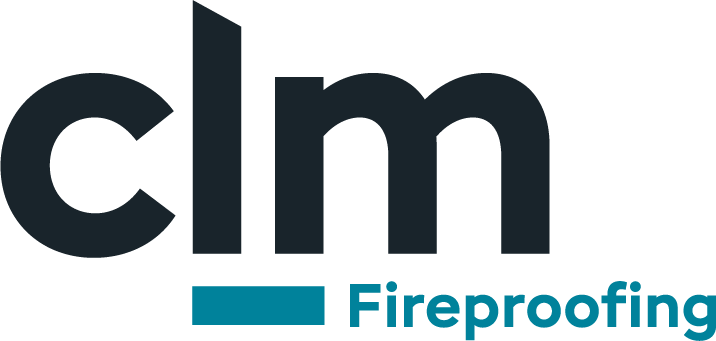Intumescent Coatings
CLM Fireproofing specialises in the application of intumescent coatings for steel structures in construction projects. With our in-depth technical knowledge, we can swiftly and effectively reinforce structural elements and surfaces, without compromising on their basic functionalities or aesthetic finishes. Our team is also able to apply intumescent coatings both onsite and offsite. This allows us to enact the strictest possible standards of quality control, so clients can be certain that their projects comply fully with building regulations.
Contact our Expert Team

As the UK’s leading specialists in passive fire protection, fire stopping and fire doors, our highly skilled operatives have worked on some of London’s standout commercial buildings, from The Shard to Battersea Power Station. Our guidance and technical advice gives clients peace of mind that their projects are fully protected from structural fire damage. Consult our range of case studies to view our comprehensive range of fire protection projects.
Our presence in the industry also means we’ve built up an extensive network of quality vendors and third-party technicians. As accredited members of the Association for Specialist Fire Protection (ASFP), we are committed to sharing knowledge and can be relied on to recommend a product for any specific need.

How does intumescent paint protect steel?
Intumescent paint protects structural steel by lengthening the time it takes for steel to reach its ‘critical temperature’. Critical temperature can vary based on the building design. While it has been known to range between 350° – 750° in Britain it is commonly 550°. Once steel reaches its critical temperature, it will begin to lose its nominal integrity and load-bearing capacity, increasing the likelihood of structural collapse.
In the event of a fire, the chemical properties of intumescent paints or sealants undergo an endothermic process. This means that when temperatures reach around 250°, the paint will expand into a carbonaceous char layer. Once solidified, this forms a protective coating for steel beams, columns and other building elements, without affecting their mechanical properties or basic functionalities. This increases the steel’s fire resistance time whilst the building is evacuated. The exact performance of intumescent products can vary, offering 30, 60, 90 and 120 minutes of fire resistance depending on the specific type of coating.

Intumescent Paint Application
If a steel framework is coated with intumescent paint, the paint will expand into a carbonaceous char layer which solidifies once temperatures reach around 250°. This increases the steel’s fire resistance time whilst the building is evacuated. The exact performance of intumescent products can vary, offering 30, 60, 90 and 120 minutes of fire resistance depending on the specific type of coating.
Intumescent coatings can be classified as either thin film or thick film. Thin film is the industry standard used to protect steel in buildings. In comparison, thick film intumescent coatings are mostly used to handle extreme temperatures in industrial environments, a common example being hydrocarbon fires.
There are several ways to apply intumescent products within a structural fire protection strategy. CLM Fireproofing will select the ideal product for client’s specific requirements, based on factors such as project specification, environmental conditions, the current phase of ongoing construction projects and finally aesthetic expectations.
We take several steps to guarantee the efficacy of intumescent paint. For example, while our work mostly involves applying paint to new steel, we offer blasting services to prepare existing surfaces. We also work closely with product manufacturers so that structural steelwork is assigned the correct performance spec loadings.

Grit blasting for intumescent paint application
At CLM Fireproofing, we use a variety of grit blasting methods to prepare surfaces for the application of intumescent paint within a passive fire protection package. This may include ‘dry grit blasting’ which uses propelled air to project media onto a surface. There may also be times when a water-suppressed blasting system (such as vapour blasting) is required.
Professional steel surface preparation means we can guarantee the long-lasting performance of intumescent paint. This helps to create a new surface profile to be treated, free of contaminants with an enhanced surface finish.
Our services are carried out by skilled operatives with minimal site disruption, bringing projects to efficient completion. During the quotation stage, we study each job to determine which exact process is required. We consider multiple factors, including site conditions and the specific materials being removed.
Frequently Asked Questions
How much does intumescent paint expand?
The rate of expansion for an intumescent coating depends on its original thickness. Thin film intumescent coatings will expand at a rate of 50:1, as a general rule of thumb. This means that a 1mm coating will reach an estimated density of 50mm in the event of a fire. Thick film coatings expand at an approximate rate of 5:1. It is worth mentioning that if a project intends to apply intumescent paint, then several aspects of the building should be designed to accommodate both the coating’s initial thickness and the rate of expansion.
What measurements are used when applying intumescent paint?
It’s important to note that intumescent paint is not measured in coats. The appropriate unit of measurement is the paint’s Dry Film Thickness (DFT). The recommended DFT can vary based on fire rating requirements and the type of paint, as well as the exact type and dimensions of the structural steelwork where the paint is being applied. We recommend you contact the manufacturer of your chosen paint if you have any specific questions about application and DFT.
What other materials can be protected using intumescent paint?
Intumescent paint is primarily intended for use on structural steel. While some types of intumescent paint can technically be applied to concrete, there is limited testing in this area. For this reason, we advise limiting the use of intumescent paint to steelwork.
How long does intumescent paint last?
The exact length of time can vary depending on the building’s lifespan, specific environmental conditions, and any damages or factors that may affect the intumescent paint (for example, any items in close proximity to the steel that may limit expansion). However, most water-based intumescent paints (once applied in a C1 environment) have a general lifespan of up to 20 years. It’s also worth noting that some types of intumescent paint will require top coats. This guide from Sherwin Williams outlines the life expectancy of various types of paint (subject to system and environmental conditions).
Does intumescent paint need to be maintained or reapplied?
Given the lifespan of the paint, intumescent paint does not require regular maintenance. However, it must be inspected regularly in the event of any damage to the paint. As a general estimate, if there is damage that exceeds the size of a £1 coin across an area of A4 paper then the paint needs to be repaired or reapplied.

